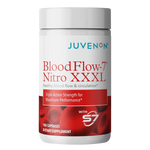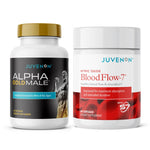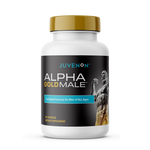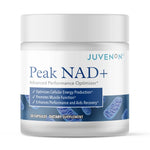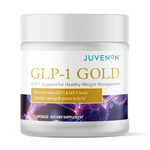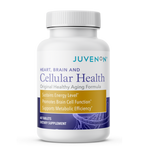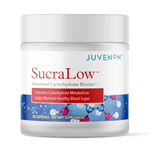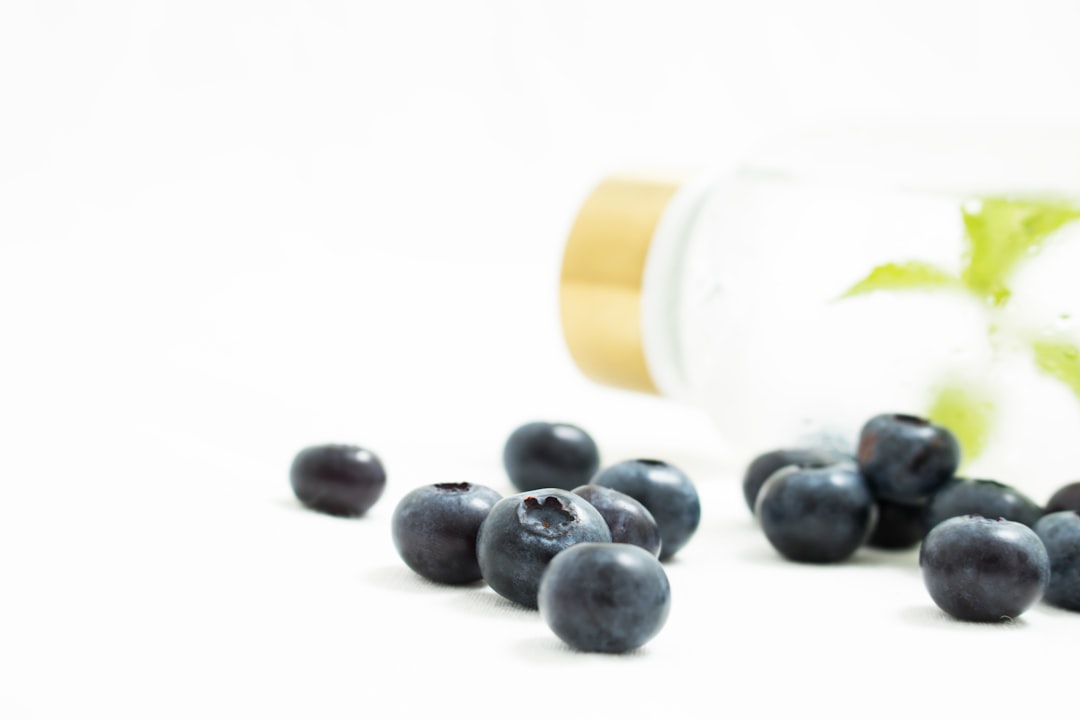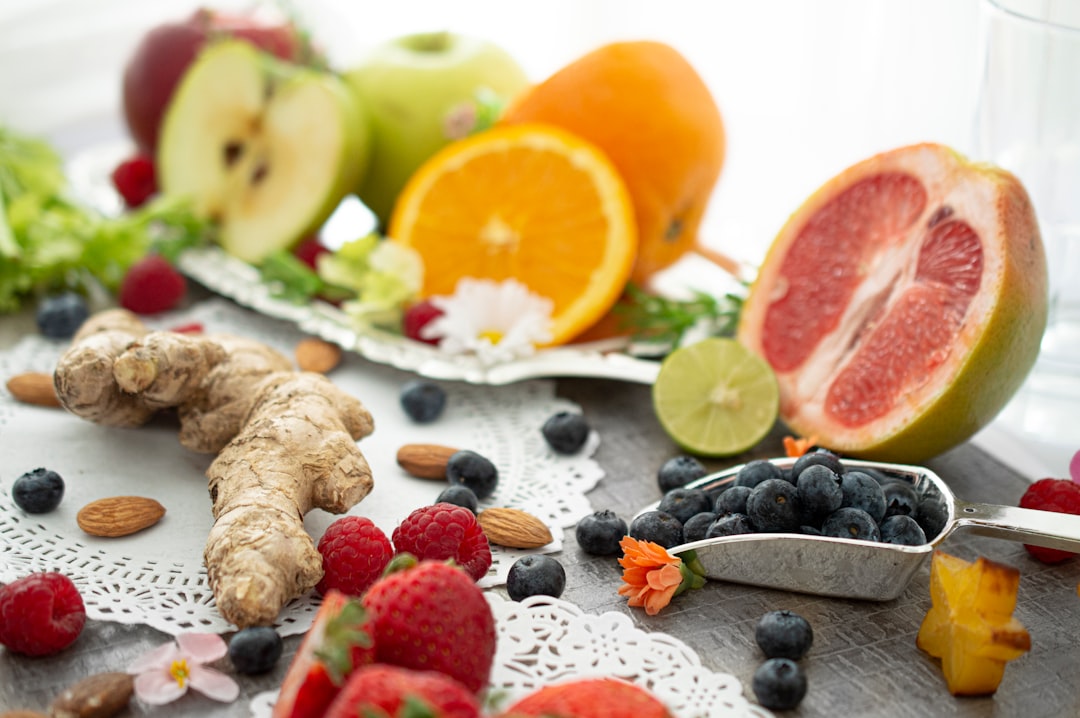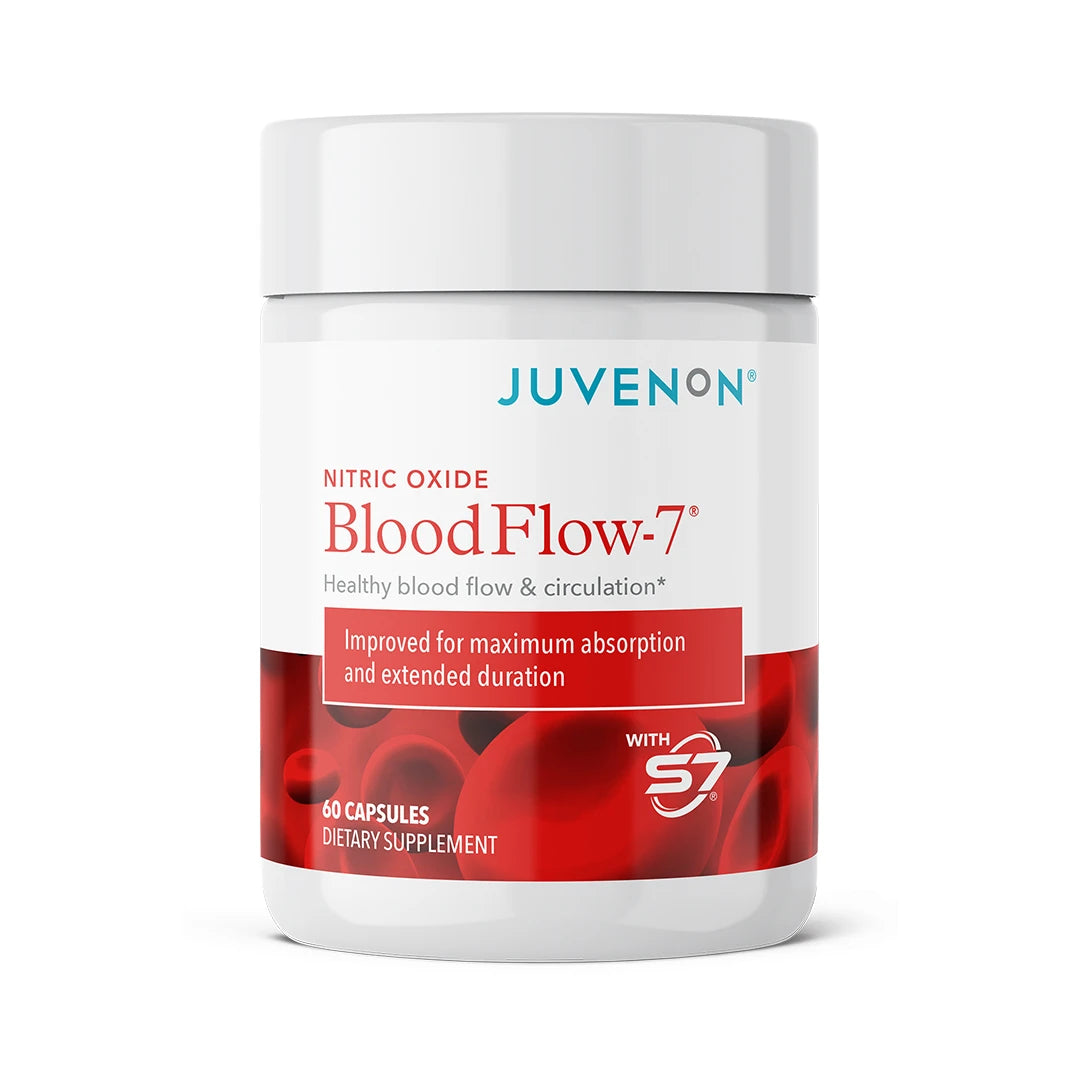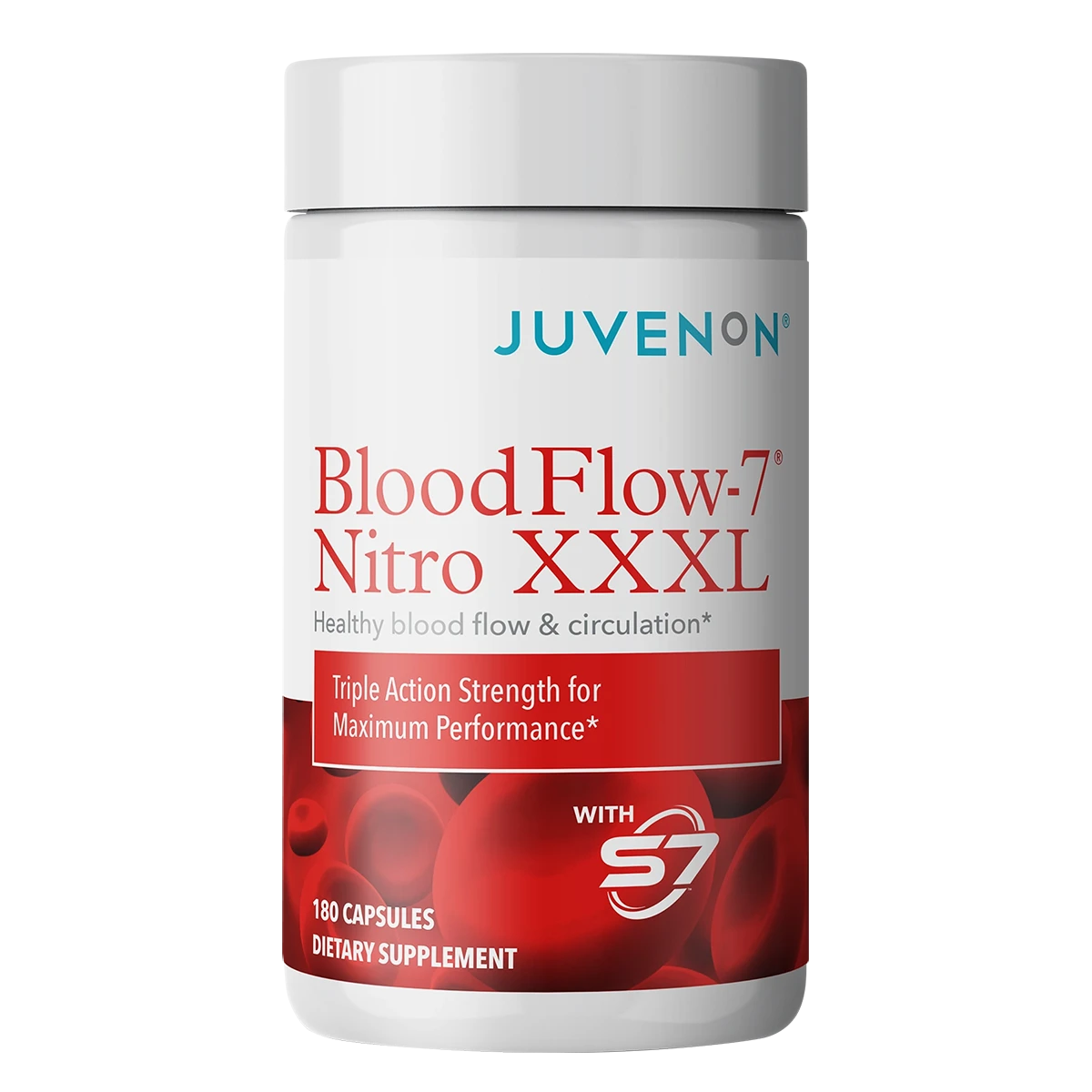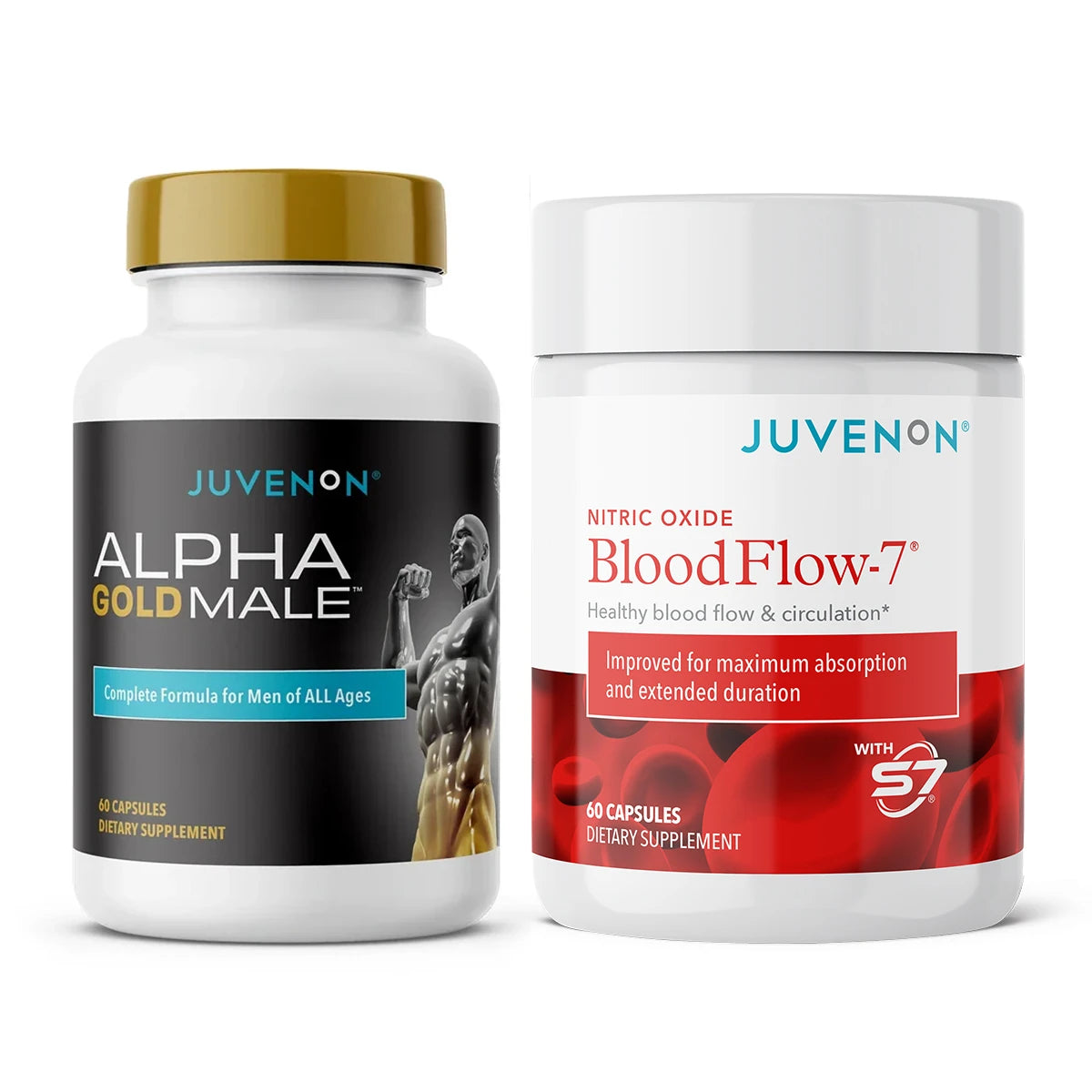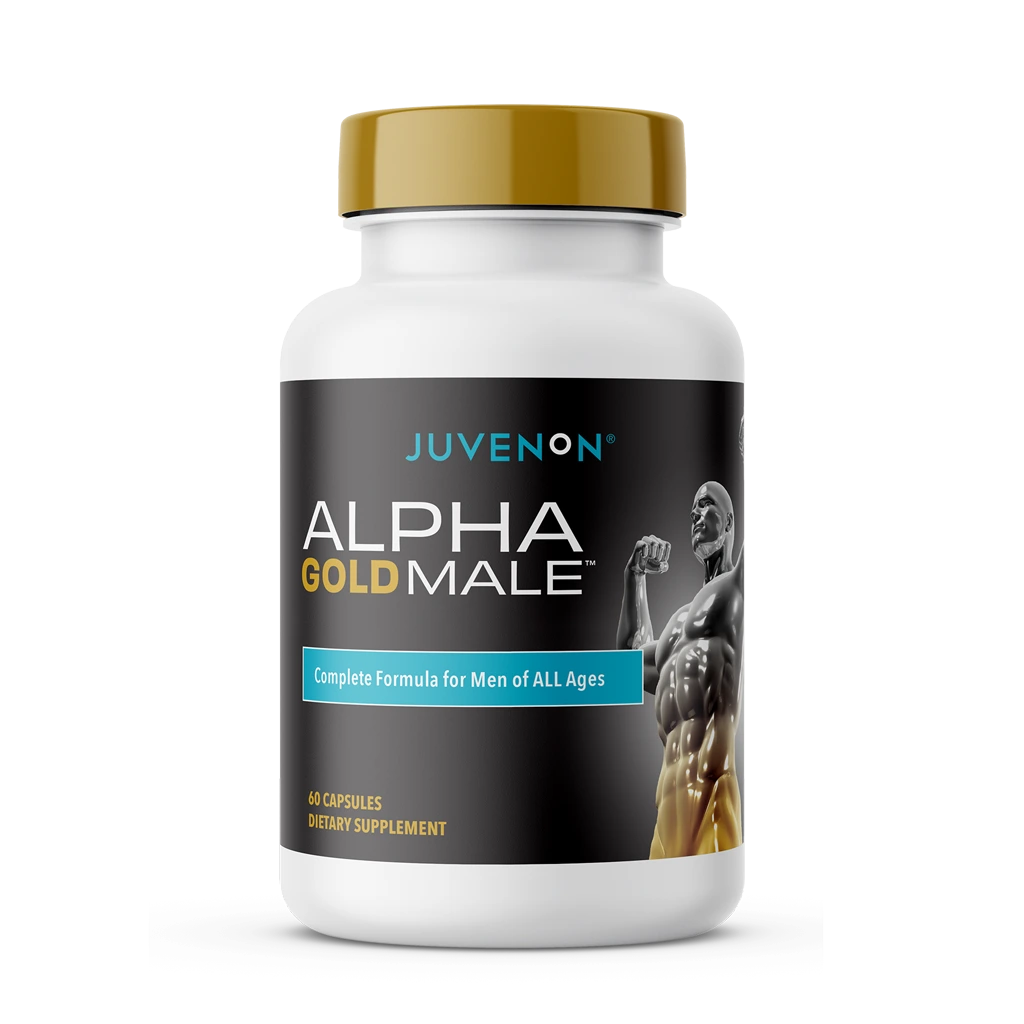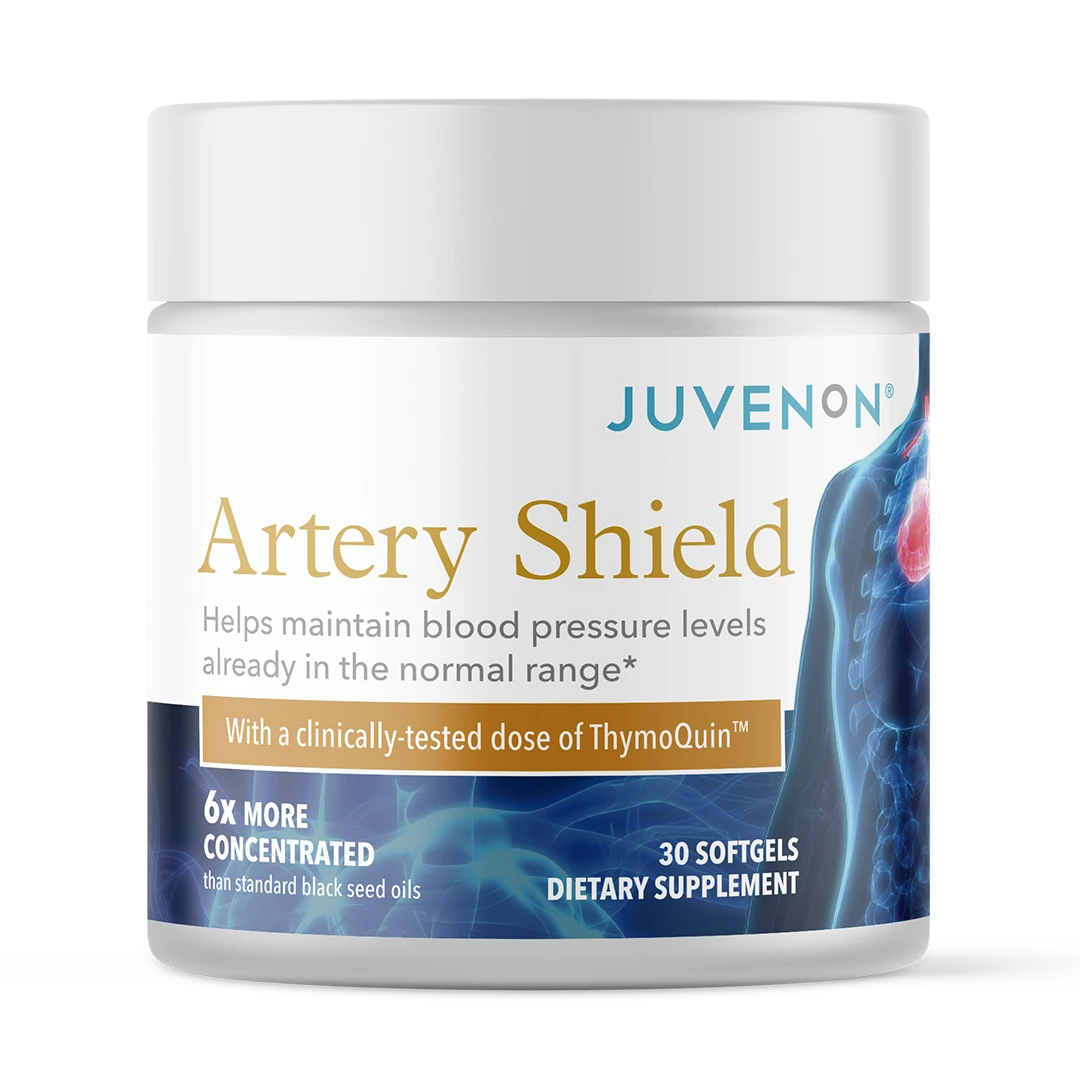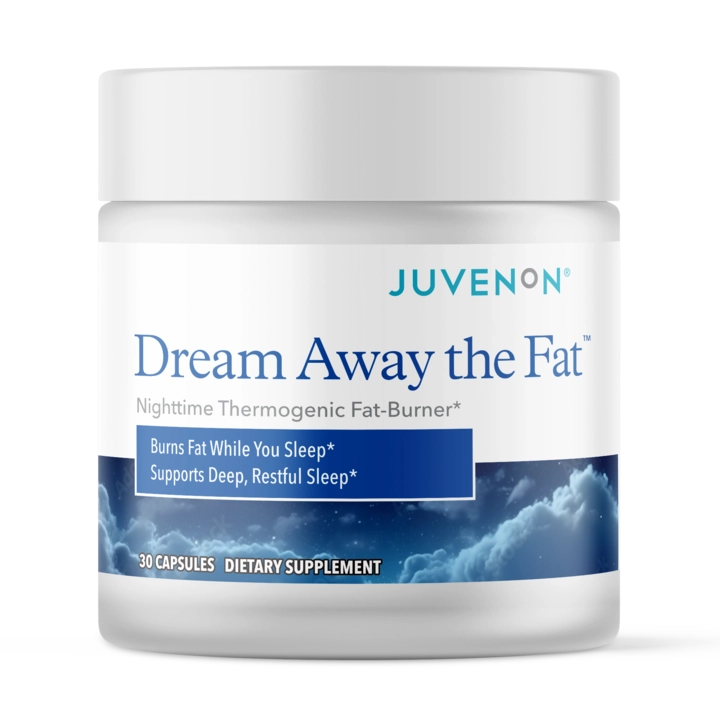
Is it surprising to know the foods you thought were nutritious are in fact the ones you should avoid? This list of “healthy” foods will help you determine which ones you should not include in your diet anymore.
In this article:
- Hidden Sugar Is Present in Many “Healthy” Foods
- Sugary Foods to Avoid
- Why Is Hidden Sugar in Foods Bad for Your Health?
Sugar Foods You Should Nix From Your Diet
Hidden Sugar Is Present in Many “Healthy” Foods

Most of us are aware of the dangers of excessive sugar, such as weight gain and Type 2 diabetes. We have cut down on obvious culprits like gooey desserts, soft drinks, and sugar-laden sodas.
But, you might be surprised to learn this ubiquitous ingredient (under sneaky pseudonyms) can be found in a host of “healthy” foods.
Sugary Foods to Avoid
1. Oatmeal
Sure it’s naturally low in sugar and can be part of a healthy breakfast when it is garnished with a handful of nuts and/or fruit. But, stay away from the packaged, flavored variety which can be loaded with sugar – some are as high as 15 grams per serving.
To be safe, you can switch to a healthier alternative providing the same level of fullness as oatmeal. Chia seeds oatmeal is a good choice as it resembles the oat’s consistency and texture and is a nutritional powerhouse as well, containing vitamins, minerals, and omega-3 fatty acids.
Chia seeds are rich in antioxidants which help neutralize free radicals, lowering the risk of free radical damage. If you are eating oatmeal because of fiber, chia seeds oatmeal provides high amounts of this nutrient.
2. Protein Bars
In general, protein is a smart snack option because it keeps you full longer than carbs. Stands to reason protein bars fit the bill, right?
Not always, as some of these sugar foods contain as much as 15 grams of sugar. Instead, opt for a handful of unsalted almonds or peanuts.
Unsalted almonds, for example, are a great snack because they can make you feel full and are rich in nutrients. A handful of almonds gives you 75 mg of calcium, 3.5 g of fiber, 6 g of protein, and 13 g of polyunsaturated and monounsaturated healthy fatty acids.
3. Salad Dressing
This is a tricky one. Often, the low-fat varieties compensate for oil with added sugar.
A tablespoon of low-fat French dressing has 6 grams of sugar. Keep things simple and delicious and dress your salad with balsamic vinegar or lemon juice with olive oil and a dash of spices.
4. Restaurant Foods
It might be convenient to eat in restaurants, but they also serve a lot of sugar foods. Some restaurants may offer plant-based foods but the sauces and extra flavor they add in are high in sugar.
We can’t avoid eating these sauces because they primarily enhance the foods’ taste. Instead of going out to eat in restaurants, practice cooking your foods at home so you ensure you are provided with the healthiest food options.
Include fruits, non-starchy vegetables, and other plant-based ingredients when you shop at the grocery store. This allows you to have easier access to healthy foods when you want to prepare a meal at home.
You can also try growing your own garden, so you can make sure you’re getting raw and nutritious plant-based foods.
5. Dried Fruit
Dried fruit may sound nutritious and healthy primarily because it’s basically dehydrated fruit. But the process of making it is what makes dried fruit unhealthy.
Aside from the natural sugar dried fruits have, they also contain added sugar for flavor enhancement. You’re likely to eat more of it without noticing, which also means you may consume more sugar.
Instead of dried fruit, try consuming mixed nuts. They are also perfect for a ketogenic diet because they are high in healthy fat.
Nuts can give you the balance of fiber, protein, and healthy fats, which are all essential to a weight loss program. What’s great about mixed nuts is you don’t have to refrigerate them, so they are wonderful for taking on the go.
6. Pancakes or Waffles
Pancakes and waffles might be a flavorful breakfast, but they also contain hidden sugar you want to avoid. Pancakes, for example, have the basic ingredients of sugar, salt, baking powder, and flour, but when you purchase pancake mix already made, you may see dextrose, a simple sugar and carb, in it as well.
You can try making your own version of a healthy breakfast, like having a sandwich and creating it in a simple way. Try smashed avocado with pepper and salt and sunny-side-up eggs on two slices of your toasted whole-wheat bread.
This gives you a healthy round of protein and healthy fat to fill you up for a long day’s tasks.
7. Sweetened Yogurts
Yogurts are deliciously sweet and one of the many favorites today because they are high-protein foods. The only problem with these sugar foods sold on the market is they also have high sugar content for flavor enhancement.
You can go for plain yogurt instead because it does not have added sugar, or only contains very minimal amounts. You can add your own fresh fruit to amp up the flavor.
Just make sure you don’t overload it because fruits have their own natural sugar, too.
You can also try chia pudding. It may not taste like your favorite yogurt, but it contains the same digestive benefits of probiotics. Simply soak chia seeds in water to produce a gel-like coating and add fresh fruits to improve its flavor.
8. “Low-Calorie” Drinks

Although labeled “low-calorie,” many types of drinks on the market, like juices, have hidden sugar. These beverages mess with how your body regulates what you consume.
When you drink juices, for example, the sweet taste, which is sugar, makes your body anticipate more calories.
When there are no signs of more calories, your body gets confused, triggering hunger. This increases your sugar cravings for more unhealthy foods, which you usually find in snacks.
9. Cereals
Cereals are one of the most popular meals or snacks, but many of the products on the market today contain lots of sugar. An ideal serving of these sugar foods should only have 10 g of sugar for every 100 g, but you will see 19-20 g of sugar in every 100 g in many average boxes of cereal.
For a healthier breakfast alternative, you can go for a fruit and vegetable smoothie. You can blend celery, spinach, or kale with a little amount of water and one medium banana, avocado, mango, or pineapple.
Why Is Hidden Sugar in Foods Bad for Your Health?
There are several reasons why hidden sugar is problematic:
Can Interfere with Digestive Microbes
Hidden sugar triggers digestive microbial changes and interferes with gut health, and increases inflammation levels in the body. Sugar is also a primary contributor to obesity because it’s high in empty calories but very low in nutrients.
May Contribute to Body Fat
Small amounts of sugar may not immediately affect your weight, but regular consumption of sugary foods can cause body fat build-up, which can lead to weight gain over time.
Can Spike Up Blood Sugar Levels
Sugar also spikes your blood sugar levels, especially when consumed on a regular basis. When it stays high for a long period, it may lead to insulin resistance, which is the predecessor of type 2 diabetes.
Leads to Overeating
Hidden sugar is also less filling, which makes you eat more and hinders you to lose weight. It triggers the hunger hormone and decreases the levels of the hormone which suppresses appetite.
Lacks Nutritional Content
Foods and drinks with hidden sugar are very low in protein, which is a nutrient responsible for making you feel full longer. You will most likely miss out on important nutrients, too, when you consume foods with added sugar.
Vitamins and minerals, fiber, healthy fats, and protein are mostly present in whole, nutritious foods but lacking in sugar foods.
Do Not Have Antioxidants
Also, refined sugar foods don’t contain antioxidants, which are toxin or free-radical-fighting compounds.
Sugar foods are one of the reasons why most people eventually gain weight and suffer from many health issues. There’s also hidden sugar in other “healthy” foods including milk, tomato sauce, ketchup, and sports drinks.
Become wise, check food labels, and avoid sneaky foods that can pile on the sugar. If you don’t know what to include in your diet, consult with a dietician for proper nutritional guidance.



